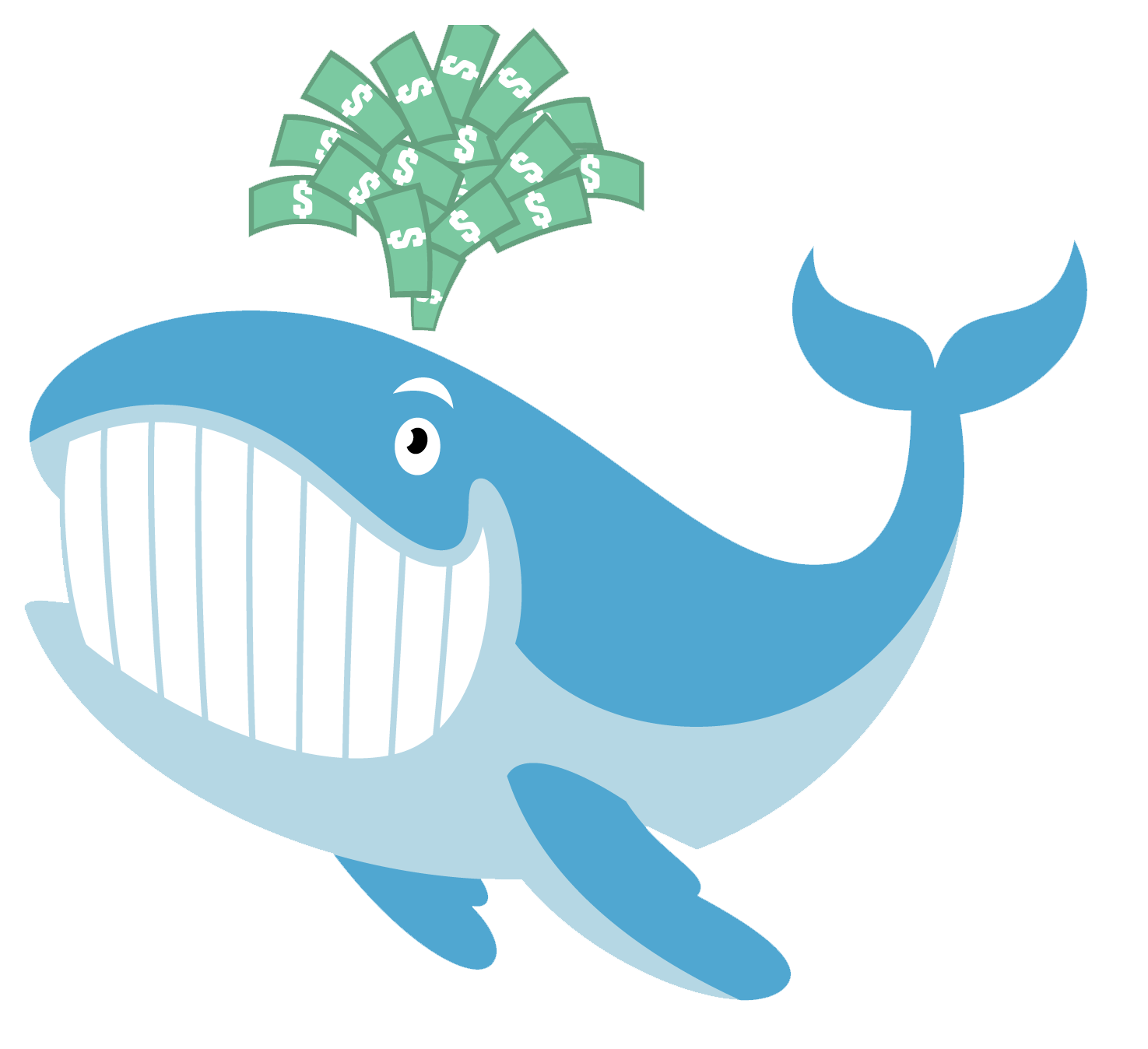Car repossessions rocketed higher in the first half of the year, a sign of rising consumer distress as the US Federal Reserve weighs interest rate cuts
Car repossessions surged in the first half of the year, reflecting growing consumer financial stress as the US Federal Reserve considers interest rate cuts.
In 2024, repossessions have increased by 23% compared to the same period last year, according to Cox Automotive data. The rise in seizures, driven by high interest rates and inflation affecting household budgets, offers insight into the financial health of average consumers at a critical moment for policymakers. Repossessions, which began to rise last year, have now surpassed pre-pandemic levels, up 14% from the first half of 2019.
Jeremy Robb, senior director of economic and industry insights at Cox, noted, “When you consider the costs of rent, shelter, and insurance, consumers face tough choices about what to prioritize. Higher expenses are causing more people to fall behind on payments.”
During the pandemic, vehicle repossessions declined as lenders were more lenient and stimulus checks supported borrowers. Despite inflation easing, high borrowing costs have driven monthly car payments to near-record levels, with average interest rates at 7.3% for new cars and 11.5% for used cars, according to Edmunds. This results in average monthly payments of $739 for new cars and $549 for used cars.
In June, the percentage of subprime auto borrowers at least 60 days late on payments was 5.62%, slightly down from a record in February, according to Fitch Ratings.
A potential Fed rate cut could offer some relief, with traders expecting the central bank to lower its benchmark rate in September based on cooling inflation data. This could help borrowers refinance or enter the market for new purchases.
Robb commented, “Many consumers are waiting to see if interest rates drop, which has kept a lot of people on the sidelines.”
